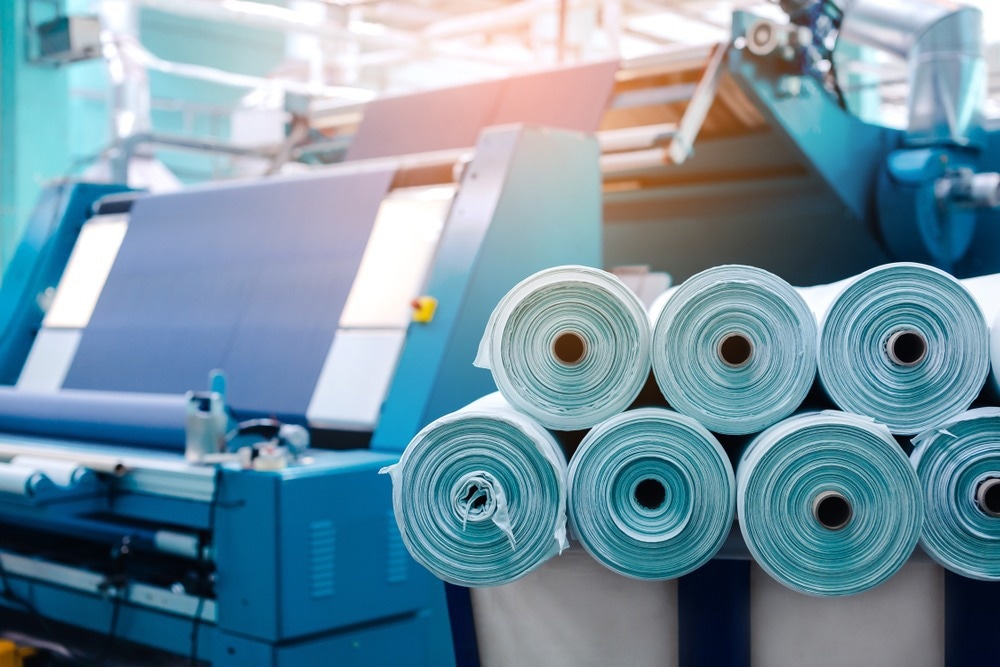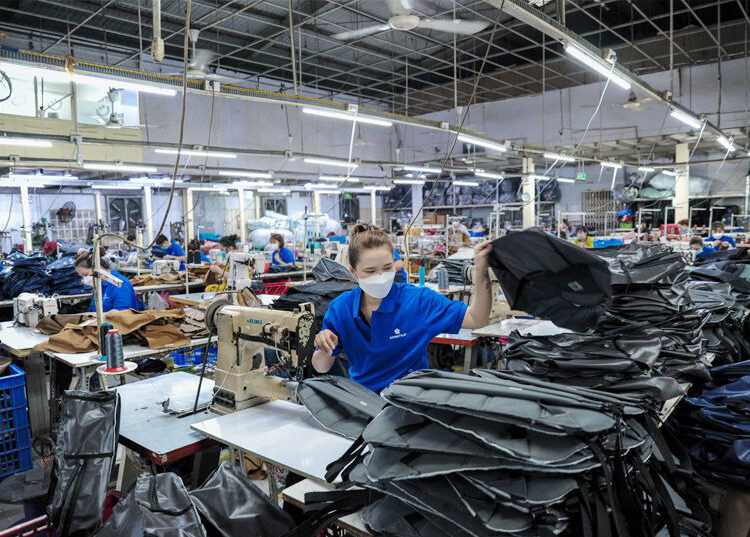Stitching the Future: The State of the Apparel Industry in 2025
As we navigate the landscape of 2025, the global apparel industry stands at a fascinating crossroads. Having weathered significant shifts in consumer behavior, technological advancements, and a heightened awareness of environmental and social responsibility, the sector is now characterized by a dynamic interplay of innovation, adaptation, and a renewed focus on values. This article delves into the current state of the apparel industry, exploring the key trends and challenges shaping its trajectory in 2025.
Sustainability Woven into the Fabric:

Perhaps the most defining characteristic of the apparel industry in 2025 is the pervasive influence of sustainability. Years of growing consumer consciousness and increasing regulatory pressure have moved sustainability from a niche concern to a core business imperative. Brands are no longer just talking about it; they are actively integrating sustainable practices across their entire value chain.
This manifests in several ways. We are seeing a significant shift towards sustainable materials, with brands increasingly opting for organic cotton, recycled polyester, innovative plant-based alternatives like pineapple leaf leather and mushroom leather, and lab-grown materials. The focus is not just on the raw materials but also on reducing waste in production, utilizing water and energy more efficiently, and minimizing the use of harmful chemicals.
The concept of circularity has also gained significant traction. Companies are exploring business models that encourage garment longevity, such as durable design, repair services, and take-back programs for recycling or upcycling. The resale market for pre-owned clothing has exploded, with major retailers and brands either launching their own platforms or partnering with existing ones, recognizing the economic and environmental benefits of extending a garment’s lifespan.
The Digital Thread: Technology’s End-to-End Transformation:

Technology continues to be a powerful catalyst for change in the apparel industry. In 2025, digital transformation is no longer a future aspiration but an embedded reality across all aspects of the business.
E-commerce remains a dominant channel, with sophisticated online platforms offering personalized shopping experiences, enhanced product visualizations through 3D modeling and augmented reality (AR) virtual try-ons, and seamless omnichannel integration. AI-powered recommendation engines analyze consumer data to suggest relevant products, further driving online sales.
Related articles 01:
1. https://hami.vn/backpack-blunders-common-mistakes-to-avoid-when-choosing-your-carry-all/
2. https://hami.vn/rimowa-the-epitome-of-luxury-travel-backpacks-where-durability-meets-design/
5. https://hami.vn/chon-balo-cho-con-vao-lop-1-dau-tu-cho-suc-khoe-va-niem-vui-den-truong/
On the design and manufacturing front, technology is revolutionizing traditional processes. 3D printing is being used for prototyping and even for creating customized apparel. AI algorithms are assisting designers in identifying trends and optimizing designs for fit and production efficiency. Automation in manufacturing, including robotics and advanced machinery, is increasing speed, precision, and potentially bringing some production closer to consumer markets.
Supply chain management has also been significantly impacted by technology. Blockchain technology is being implemented to enhance transparency and traceability, allowing consumers to track the journey of their garments from raw material to finished product. Advanced analytics and IoT sensors provide real-time visibility into inventory levels and potential disruptions, enabling companies to build more resilient and responsive supply chains.
Building Resilience in a Complex World:

The apparel industry, with its globally dispersed supply chains, has been particularly vulnerable to recent global events. In 2025, a strong emphasis remains on building supply chain resilience. This involves diversifying sourcing locations to reduce reliance on single regions, exploring nearshoring or onshoring options where feasible, and investing in stronger relationships with suppliers.
The focus is not just on geographical diversification but also on building more agile and adaptable supply chains that can respond quickly to unexpected disruptions, whether they be geopolitical tensions, natural disasters, or public health crises. Technology plays a crucial role here, enabling better communication, collaboration, and risk assessment across the supply network.
The Personalized and Direct Connection:
Consumers in 2025 are increasingly demanding personalized products and experiences. The rise of on-demand manufacturing and customization technologies allows brands to offer tailored apparel, whether it’s made-to-measure garments, personalized designs, or unique color combinations. This not only caters to individual preferences but also helps reduce overproduction and unsold inventory.
The direct-to-consumer (DTC) model continues its upward trajectory. Brands are increasingly prioritizing direct engagement with their customers through their own websites, social media channels, and even physical retail spaces that offer immersive brand experiences. This allows them to control their brand narrative, gather valuable customer data, and build stronger, more loyal relationships.
Comfort and Functionality Reign:

Related articles 02:
1. https://hami.vn/from-design-to-dispatch-a-deep-dive-into-the-backpack-manufacturing-process/
2. https://hami.vn/chon-balo-cho-con-vao-lop-1-dau-tu-cho-suc-khoe-va-niem-vui-den-truong/
3. https://hami.vn/gieo-mam-tuong-lai-tam-quan-trong-cua-viec-cho-tre-hoc-ngoai-ngu-som/
5. https://hami.vn/backpack-blunders-common-mistakes-to-avoid-when-choosing-your-carry-all/
The trend towards comfortable and versatile clothing, often referred to as athleisure, continues to hold strong in 2025. The lines between athletic wear, workwear, and casual wear have blurred, with consumers seeking garments that are both stylish and functional for their increasingly dynamic lifestyles. This has led to a greater demand for performance fabrics, comfortable fits, and versatile designs that can transition seamlessly between different activities.
Innovation in Textiles: The Material Revolution:

The textile industry is undergoing a period of significant innovation. In 2025, we are seeing the increasing adoption of smart fabrics that can monitor health metrics, regulate temperature, or even change color. Bio-based textiles, derived from sources like algae, agricultural waste, and even microorganisms, are gaining traction as sustainable alternatives to conventional materials. Advancements in textile recycling technologies are also making it more feasible to create new garments from old ones, contributing to the circular economy.
Navigating Global Challenges:

Despite the advancements and innovations, the apparel industry in 2025 continues to face significant challenges. Labor practices and worker welfare in global supply chains remain a critical concern, with ongoing efforts to ensure fair wages, safe working conditions, and the eradication of forced labor. Geopolitical factors, including trade tensions and economic uncertainties, continue to impact sourcing decisions and market access.
Conclusion: A Future Stitched with Purpose and Innovation:
The apparel industry in 2025 is a complex and evolving landscape. Driven by a more conscious consumer base, rapid technological advancements, and a growing understanding of environmental and social impact, the sector is undergoing a fundamental transformation. Sustainability and circularity are no longer optional extras but core principles guiding business strategies. Digital technologies are reshaping everything from design to consumer engagement. While challenges remain, the industry is demonstrating a clear shift towards greater transparency, responsibility, and innovation, stitching a future where fashion is not only stylish but also sustainable and ethical. The coming years will undoubtedly see further evolution as the industry continues to adapt to the ever-changing needs and values of a globalized world.









